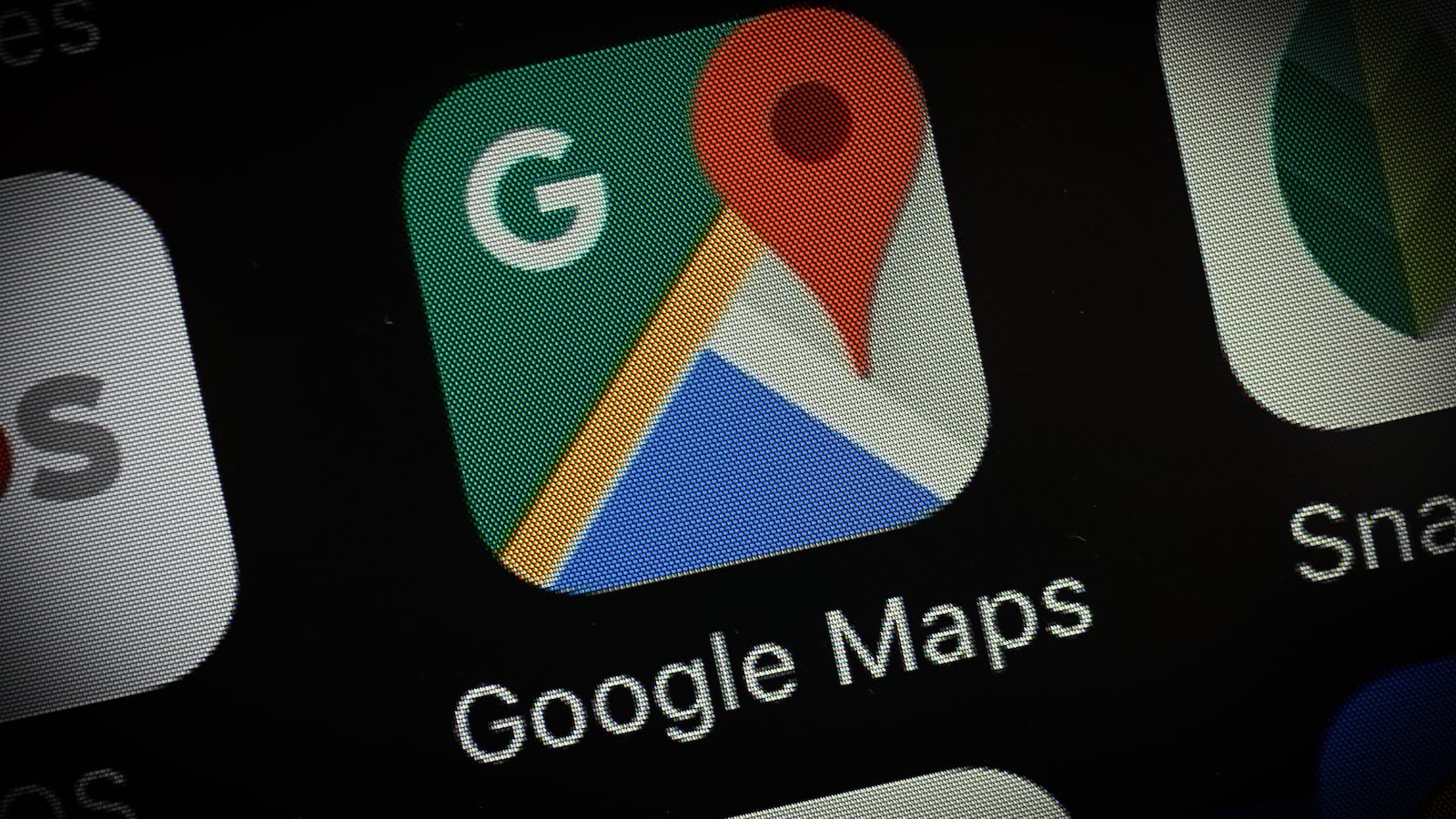ROME—Salvatore Corrias, the mayor of the Sardinian hamlet of Baunei, is fed up. Emergency services in his island town have been called out 144 times over the last 18 months to rescue tourists who nearly followed Google map directions to their deaths.
The last straw was last week when the owners of a Porsche were trying to reach a secluded white sand beach but ended up being directed to a steep cliff several hundred feet above it. “There was no way down to the beach on foot for them,” Corrias told The Daily Beast. “There wasn’t even a way to turn their expensive car around. But even worse, if they had followed the directions at night, Google would have sent them right off the cliff.”
In the end, Baunei first responders had to turn the car around by physically lifting it up and pointing it back down the mountain range after rescuers reached them on foot (knowing they could not actually drive on the road they were called to). Now Corrias has put up signage all over the island to warn visitors “no Google maps.”
The rescues are depleting the tiny town’s coffers so Corrias has filed a complaint to the ministry that oversees internet matters to try to block the Google Map signal on the island. “We wrote to Google hundreds of times, so we have no choice but to file a legal complaint to block it,” he says.
In the meantime, he’s asked managers of hotels, museums, and restaurants on the island to warn tourists in cars and hikers exploring the island on foot not to rely on the popular service, urging them to use paper maps instead.
Baunei is not the only town that has a problem thanks to bad directions by GPS navigation services. Several hamlets in the Alps have also signed petitions to try to block the signals because of the number of skiers trying to reach remote mountain areas who end up on service roads traversable only with heavy equipment. Last year alone, four parties had to be airlifted out of remote areas they reached entirely by bad directions. Google Maps also notoriously sends drivers into Venice despite the fact that the city is car-free.

It should be noted that Google is not the only provider with a GPS app that leads people astray. Waze, which is widely used in Europe, bills itself as a real-time traffic-beating app, but there have been plenty of complaints that the app sends people to road construction sites, which is why they seem like less congested routes.
Near-death by GPS is not just about sending drivers off cliffs or into rivers. In 2016, 52-year-old Italian tourist Roberto Bardella died in Brazil when he and a friend were on motorcycles touring the city. They followed Google Map directions to the beach from the Christ the Redeemer statue, which sent them into the dangerous Rio de Janeiro favela of Morro dos Prazeres where they were accosted and killed. Bardella was wearing a helmet cam, which the thugs thought was a police camera, authorities said at a time. Had they asked directions from a real person, they would have never been sent through the dangerous area.
Google does know it has a problem. When asked for a comment, Google public affairs sent a blanket statement that has been printed widely since the news of the ban broke. “We’re aware of an issue in Sardinia where Google Maps is routing some drivers down roads that can be difficult to navigate due to their terrain,” the statement reads. “We’re currently investigating ways that we can better alert drivers about these types of roads.”






